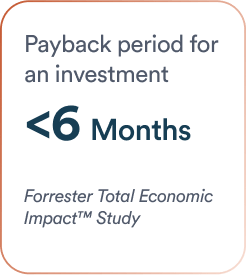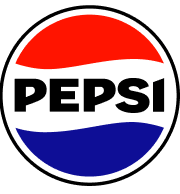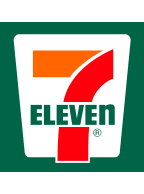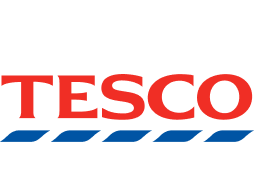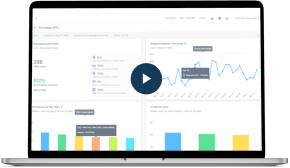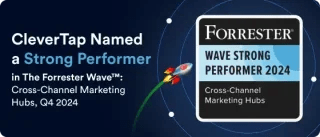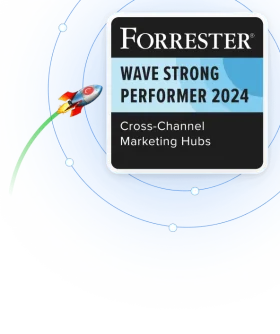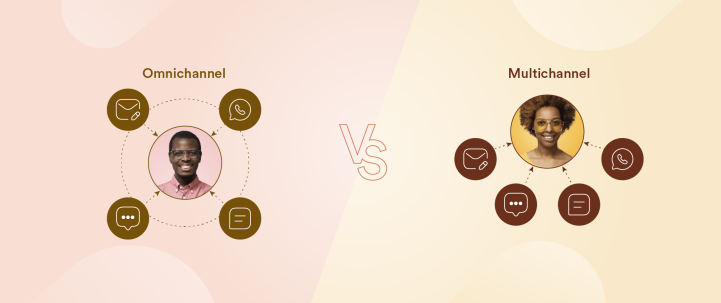Is your marketing strategy offering your customers a scattered puzzle or a cohesive masterpiece? We explore the differences between omnichannel and multichannel marketing and the many ways they are used by brands to optimize customer experience.
When it comes to digital marketing, it’s easy to get lost in the jargon—especially when terms like “omnichannel” and “multichannel” are thrown around. Many marketers and business owners confuse the two, thinking they’re interchangeable when, in fact, they’re not. They might sound similar, but they represent two very different strategies.
Understanding the difference between omnichannel and multichannel marketing is crucial for anyone looking to build strong customer relationships and boost brand engagement. While both strategies involve using multiple platforms to reach your audience, the way they connect those platforms is where the magic happens—or doesn’t. In this article, we’ll break down the core differences, explain how each strategy works, and help you determine which approach best fits your brand.
What is Multichannel Marketing?
Multichannel marketing is all about reaching customers through multiple platforms. Instead of focusing on just one touchpoint, you use several. The idea is to be where your audience is, whether they’re scrolling through Instagram or reading their email.
The goal? Cast a broader net to engage more customers. In multichannel marketing, each channel operates independently, allowing businesses to tailor messages based on how each platform functions. Although it’s not as integrated as omnichannel marketing, it’s a great way to expand your reach and ensure you’re not relying on just one communication method.
Examples of channels in multichannel marketing:
- Email marketing campaigns
- Social media ads (Facebook, Instagram, Twitter)
- SMS text alerts
- In-store promotions
How Does Multichannel Marketing Work?
Multichannel marketing delivers your brand’s message using a different marketing strategy and messaging style for each channel. It’s not about making every channel sync perfectly.
However, although each operates separately, they all work toward the same goal: engaging your audience. For example, you might promote a sale via an email blast while running social media ads and offering in-store promotions. The more ways you connect with customers, the greater your chances of driving engagement and sales.
How it works:
- Identify where your customers are (social media, email, etc.)
- Create tailored content for each platform
- Monitor the results of each channel separately
- Adjust based on which platforms generate the best engagement
What is Omnichannel Marketing?
Omnichannel marketing takes things a step further. It involves creating a smooth, unified experience for customers across all channels. Whether someone interacts with your brand through a mobile app, social media, email, or in-store, they should have a consistent experience.
With omnichannel marketing, all platforms work together. The goal is to create a cohesive message so customers always feel like they’re interacting with one cohesive brand on all channels. It is focused on curating an optimal customer journey rather than simply being present on different platforms.
How Does Omnichannel Marketing Work?
Omnichannel marketing integrates every touchpoint into a single, cohesive strategy. For instance, a customer might start browsing a product on your website, get a personalized email with a related offer, and then visit your store to make a purchase. Every interaction builds on the previous one, making the customer journey seamless and consistent. The key here is integration—each channel is connected, providing real-time customer journey updates.
How it works:
- Sync all channels (email, social media, in-store, website)
- Personalize the experience based on customer behavior
- Ensure consistent messaging across all platforms
- Create a seamless transition between online and offline interactions
What is the Difference Between Omnichannel and Multichannel Marketing?
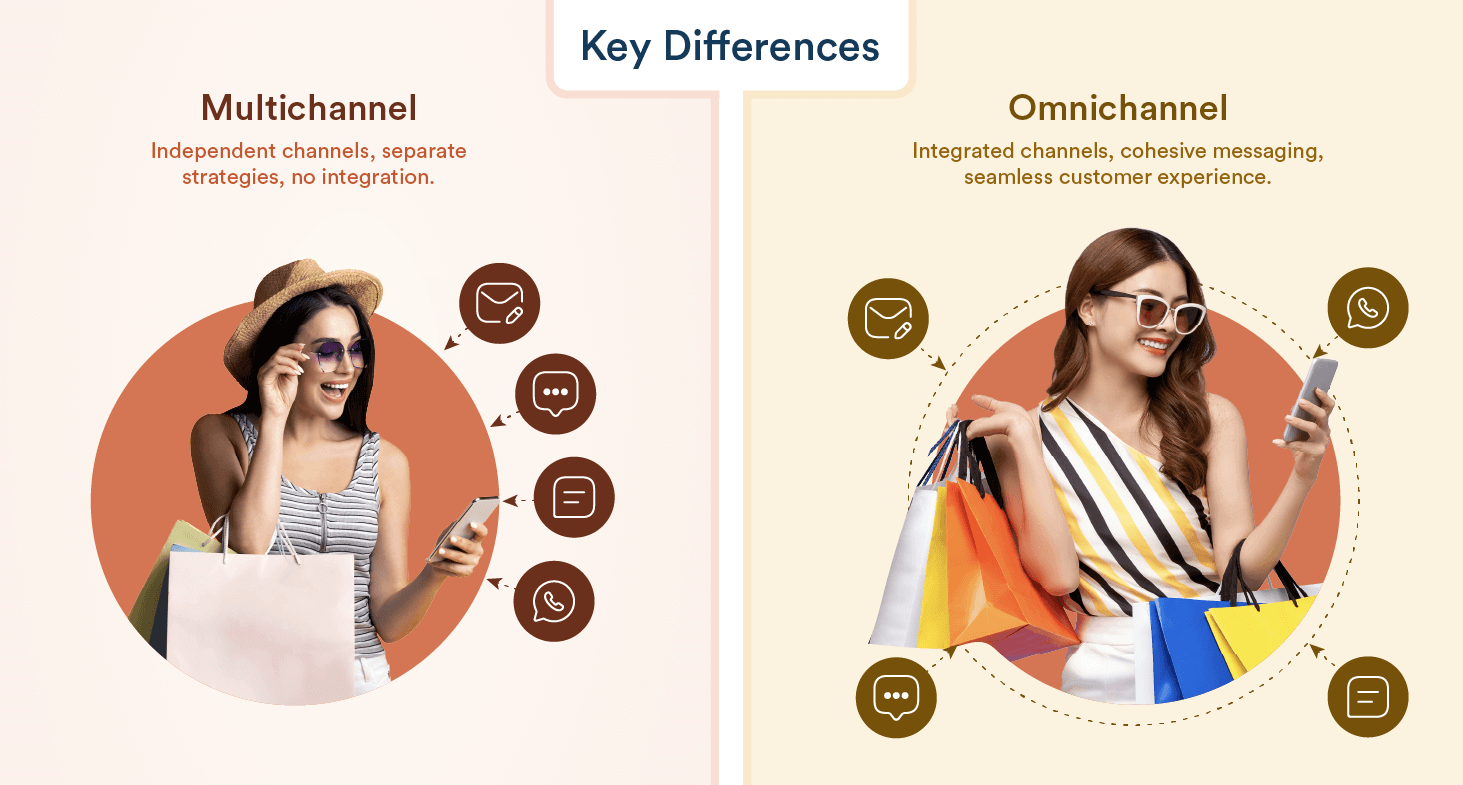
While both strategies involve multiple channels, the key difference lies in how they work together. Multichannel marketing uses separate channels that operate independently, while omnichannel integrates every channel into a single, cohesive experience.
In multichannel marketing, each platform has its own messaging and strategy. In contrast, omnichannel marketing creates a unified customer journey where every interaction feels connected.
Key differences:
- Multichannel: Independent channels, separate strategies, no integration.
- Omnichannel: Integrated channels, cohesive messaging, seamless customer experience.
How to Decide Between an Omnichannel and a Multichannel Strategy
Choosing between multichannel and omnichannel marketing depends on your business goals and resources. A multichannel strategy is a good starting point if you’re focused on expanding your reach across various platforms. It’s simpler, requires less integration, and allows you to engage customers through several platforms without needing them to sync perfectly.
If your goal is to provide a personalized and connected customer journey, omnichannel is the way to go. However, it requires more investment in technology and data to ensure all channels work together. The choice comes down to whether you prioritize reach or experience.
Things to consider:
- Budget: Omnichannel requires more investment in technology and integration.
- Resources: Do you have the tools to sync all your platforms in real time?
Customer expectations: Are your customers looking for a consistent, seamless experience, or do they interact on different channels without needing them to connect?
When a Multichannel Strategy Makes Sense
A multichannel strategy is ideal when businesses need to reach a broad audience across various platforms without necessarily integrating every touchpoint. Retail, hospitality, and e-commerce businesses often benefit from a multichannel approach. These industries thrive by being present on social media, email, websites, and even traditional media, offering tailored messages based on the strengths of each platform.
For example, a restaurant may use social media for promotions, email for newsletters, and SMS for reservations. Each channel serves a distinct purpose, allowing businesses to cast a wider net and connect with diverse customer segments without needing every platform to be tightly linked.
When an Omnichannel Strategy Makes Sense
An omnichannel strategy works best for industries where a smooth, unified customer experience is critical. Omnichannel marketing can significantly benefit fashion brands, financial services, and healthcare providers. For instance, fashion retailers want customers to have a cohesive shopping experience, whether they’re browsing online, on mobile, or in-store. For financial services, syncing customer interactions across apps, websites, and customer service calls is a must. Healthcare providers also thrive by integrating patient records, appointment scheduling, and telemedicine. In these industries, creating a consistent, personalized experience across all touchpoints is essential to fostering customer loyalty and improving outcomes.
Examples of Brands Using Omnichannel and Multichannel Strategies

Many companies employ both approaches in their marketing strategies. Here are some examples of how companies use both omnichannel and multichannel approaches, depending on what they are trying to achieve.
- Starbucks
Multichannel: Starbucks communicates with customers through a variety of platforms, but these often function separately. You might receive an offer via email that isn’t reflected on the mobile app or in-store. This can sometimes create a fragmented customer experience, with different promotions or loyalty incentives depending on the channel you use.
Omnichannel: At the same time, Starbucks has refined its omnichannel strategy through its integrated rewards system. The Starbucks app syncs in-store purchases, online orders, and mobile payments. Customers can reload their Starbucks cards, check balances, and earn or redeem rewards regardless of where they engage with the brand. Starbucks also leverages data collected through these channels to personalize offers and product recommendations, enhancing customer loyalty.
- IKEA
Multichannel: Promotions seen on IKEA’s social media might not be available in-store or on the website, creating inconsistencies. A customer browsing Facebook might find product recommendations different from what’s promoted via email, leading to a somewhat disjointed shopping journey.
Omnichannel: The IKEA app enables customers to browse online, check inventory at local stores, and even visualize products in their homes using augmented reality (AR). When customers visit a store, they can pick up their shopping journey right where they left off in the app. Whether they purchase in-store or online, the data is synchronized. Customers can even book assembly services or get design consultations through the app, blending the online and offline experiences.
- Levi’s
Multichannel: Levi’s engages customers through various platforms, and these channels sometimes operate independently. So, customers might experience different offers or information depending on the platform they use. For example, you might browse products online but find different pricing or promotions when visiting a store.
Omnichannel: Levi’s is one of many major brands that use CleverTap to implement a unified omnichannel experience. It integrates online and in-store shopping by offering real-time inventory checks and personalized styling advice through virtual appointments. Customers can start shopping online, visit a physical store to complete their purchase, or engage with the brand via social media, and all data and interactions are synchronized across these channels.
- Apple
Multichannel: Apple engages customers across numerous platforms, including social media, email campaigns, and its iconic retail stores. However, each channel might feature different messaging and offers, leading to a somewhat siloed experience. For example, a product may be advertised differently in emails than in an in-store promotion or social media.
Omnichannel: An Apple customer can start shopping on the Apple website, complete the purchase via the Apple Store app, and pick up the product in-store. Apple’s integration of its retail and digital ecosystems extends to services like AppleCare and Genius Bar appointments, where customers can receive personalized assistance whether they initiate contact online or in a physical store.
- Zara
Multichannel: Zara employs multiple channels to engage customers, but they aren’t always connected. An Instagram promotion may not be reflected in an email, or you might see different products highlighted on the website than in-store. Depending on how a shopper interacts with the brand, this can create a fragmented customer experience.
Omnichannel: Zara’s customers can browse online or through the app, check the availability of items at their local store, and make online or in-person purchases. The app also offers easy return options, where users can manage returns for both online and in-store purchases. Zara’s “Click & Collect” service also enables customers to order online and pick up their items in-store.
- Papa John’s
Multichannel: Papa John’s uses a traditional multichannel approach by engaging customers through multiple platforms like TV, radio, newspapers, and social media. The multichannel strategy is somewhat siloed, with different offers and promotions on each platform. For example, a promotion in a direct mail insert may differ from one displayed in a social media ad.
Omnichannel: Papa John’s is yet another CleverTap customer that has improved its omnichannel experience by integrating its mobile app, website, and physical stores. Customers can place an order through the app or website and track it in real time on whichever platform they use. The company also enhances the customer journey through loyalty programs like “Papa Rewards,” where customers can earn points across different channels.
- Best Buy
Multichannel: Best Buy promotes its products through separate channels that aren’t always integrated, which can lead to inconsistent offers and promotions. For example, a discount offered via email might not be available in-store or on the website, creating a disjointed experience for some customers.
Omnichannel: Best Buy’s customers can research products online, check in-store availability, and choose between home delivery or store pickup. The Best Buy app syncs with customers’ accounts, allowing them to track purchases, manage rewards, and access product reviews. Best Buy ensures that customer data is shared across platforms, creating a cohesive and streamlined shopping experience.
- Macy’s
Multichannel: Macy’s engages customers through various platforms, including social media, email campaigns, and in-store promotions, but these often operate independently. This can result in customers receiving different offers depending on the channel they engage with, making the overall experience feel disconnected at times.
Omnichannel: Macy’s has integrated its digital and physical shopping experiences through its app and website. Customers can browse products online, check availability at their nearest store, and either pick up items in person or have them delivered. The app also supports personalized recommendations, order tracking, and easy returns, whether the purchase was made in-store or online. Connecting these touchpoints ensures a consistent shopping experience across all channels.
- Audi
Multichannel: Audi reaches its customers through a mix of digital ads, email campaigns, and traditional media like TV and print. However, these channels often operate in isolation, which means customers may see different messaging depending on the platform they are using, without the channels working together to create a unified experience.
Omnichannel: Audi integrates its digital platforms with in-store experiences by offering online car configuration tools, virtual test drives, and personalized showroom visits. Customers can begin their journey online, explore vehicle options virtually, and then complete the process in person at a dealership. Audi’s omnichannel approach ensures that a customer’s preferences and interactions are shared across all touchpoints, providing a seamless experience whether they’re online or in a showroom.
- Domino’s Pizza
Multichannel: Domino’s promotes deals through email, social media, and its website, but the messaging across these channels can sometimes differ. For instance, a promotion on social media might not match the offer in an email or on the website, creating some inconsistencies.
Omnichannel: Domino’s is another CleverTap customer that excels in omnichannel by allowing customers to order pizza through the app, website, voice assistants like Alexa, and even social media platforms like X (formerly Twitter). Once the order is placed, it’s synchronized across all touchpoints, and customers can track their orders in real time.
Omnichannel Marketing for the Win
Consumers today expect convenience and personalization, and omnichannel ultimately wins because it delivers just that by creating an integrated experience across all customer touchpoints. When channels operate in isolation, it can lead to inconsistent messaging and fragmented customer journeys, which may confuse or frustrate consumers.
The proof is in the numbers, as research consistently shows the power of omnichannel strategies. A study by the Aberdeen Group found that companies with strong omnichannel strategies achieve a 91% higher year-over-year increase in customer retention rates compared to those with weak omnichannel approaches. Similarly, the Harvard Business Review reported that customers who engage with brands across multiple channels spend an average of 10% more than single-channel customers. Moreover, according to research by Omnisend, omnichannel campaigns earned a 287% higher purchase rate than single-channel campaigns.
CleverTap offers one of the most advanced omnichannel solutions available. It is designed to help brands deliver consistent, personalized journeys that drive higher customer satisfaction and retention. With its powerful analytics, real-time engagement, and personalized messaging capabilities, CleverTap ensures that every interaction is unified, no matter how or where customers engage with your brand.
To explore how CleverTap can elevate your omnichannel marketing strategy, contact us to arrange a personal demo or check our demos page. There, you can take a closer look at the features and tools that set us apart. Learn how to create deeper connections with your audience and optimize every step of the customer journey.
Shivkumar M 
Head Product Launches, Adoption, & Evangelism.Expert in cross channel marketing strategies & platforms.
Free Customer Engagement Guides
Join our newsletter for actionable tips and proven strategies to grow your business and engage your customers.



